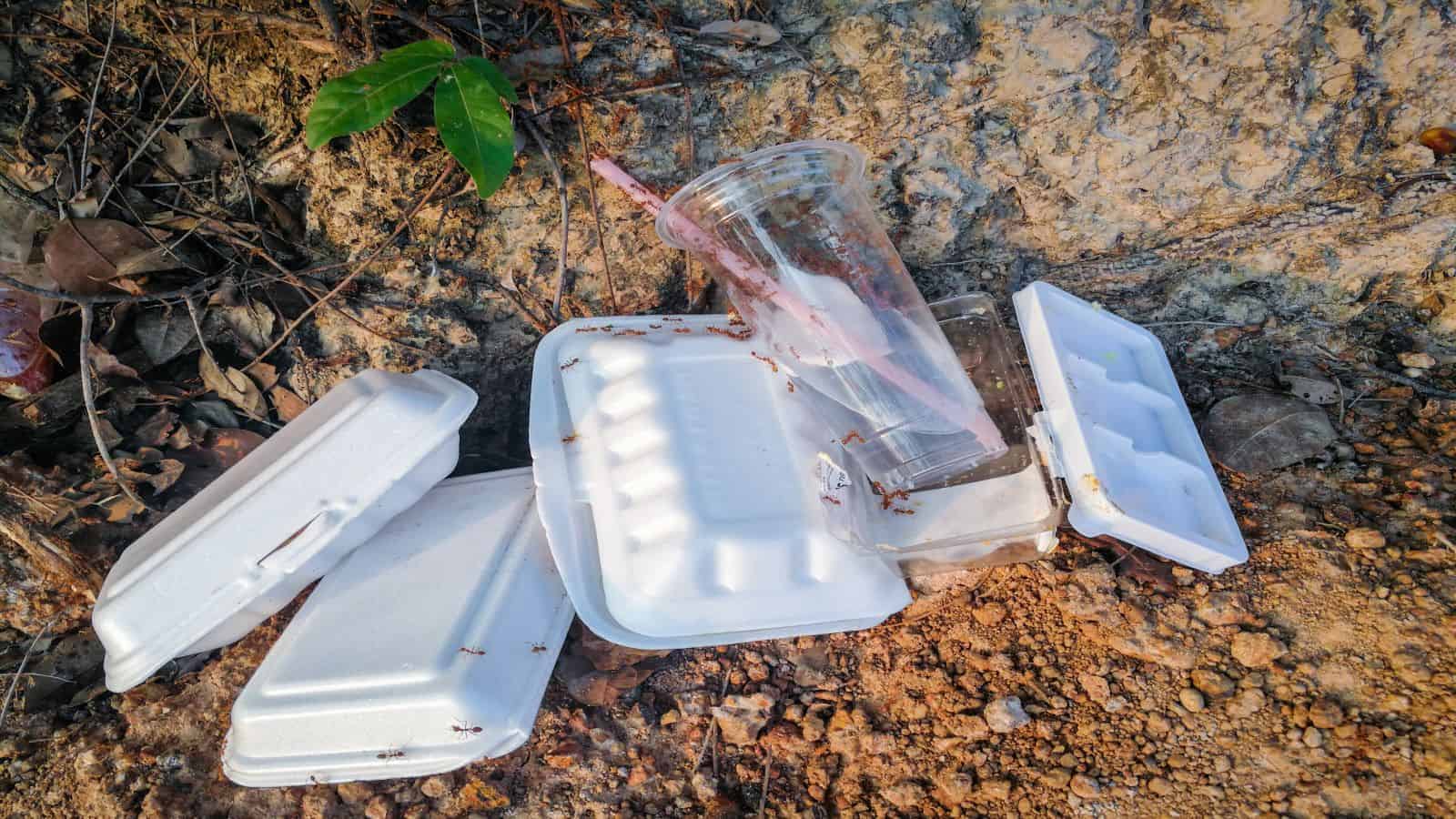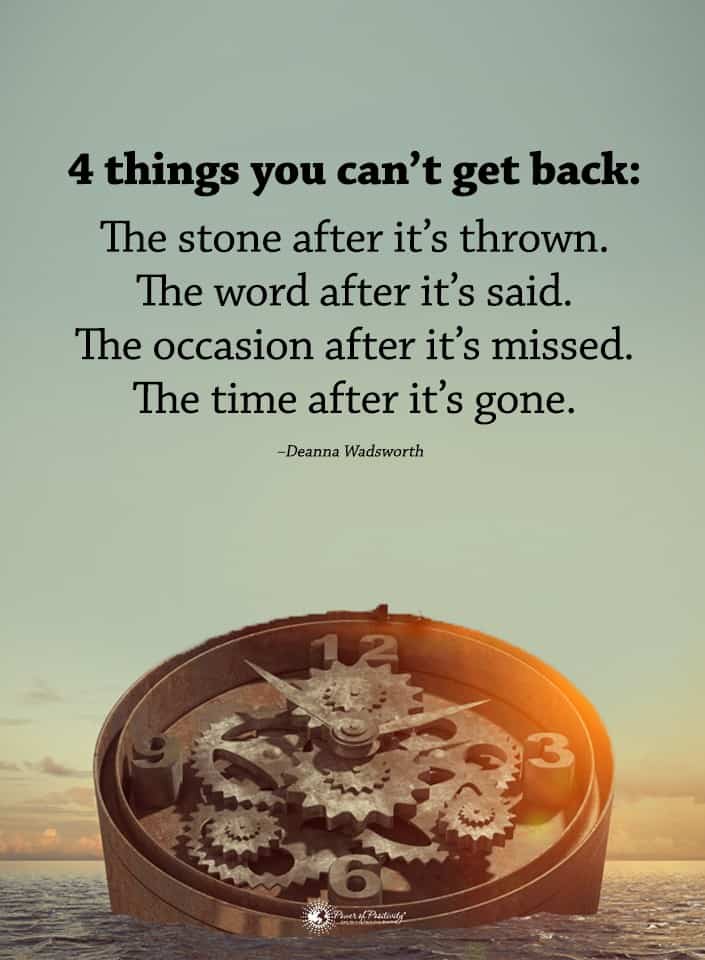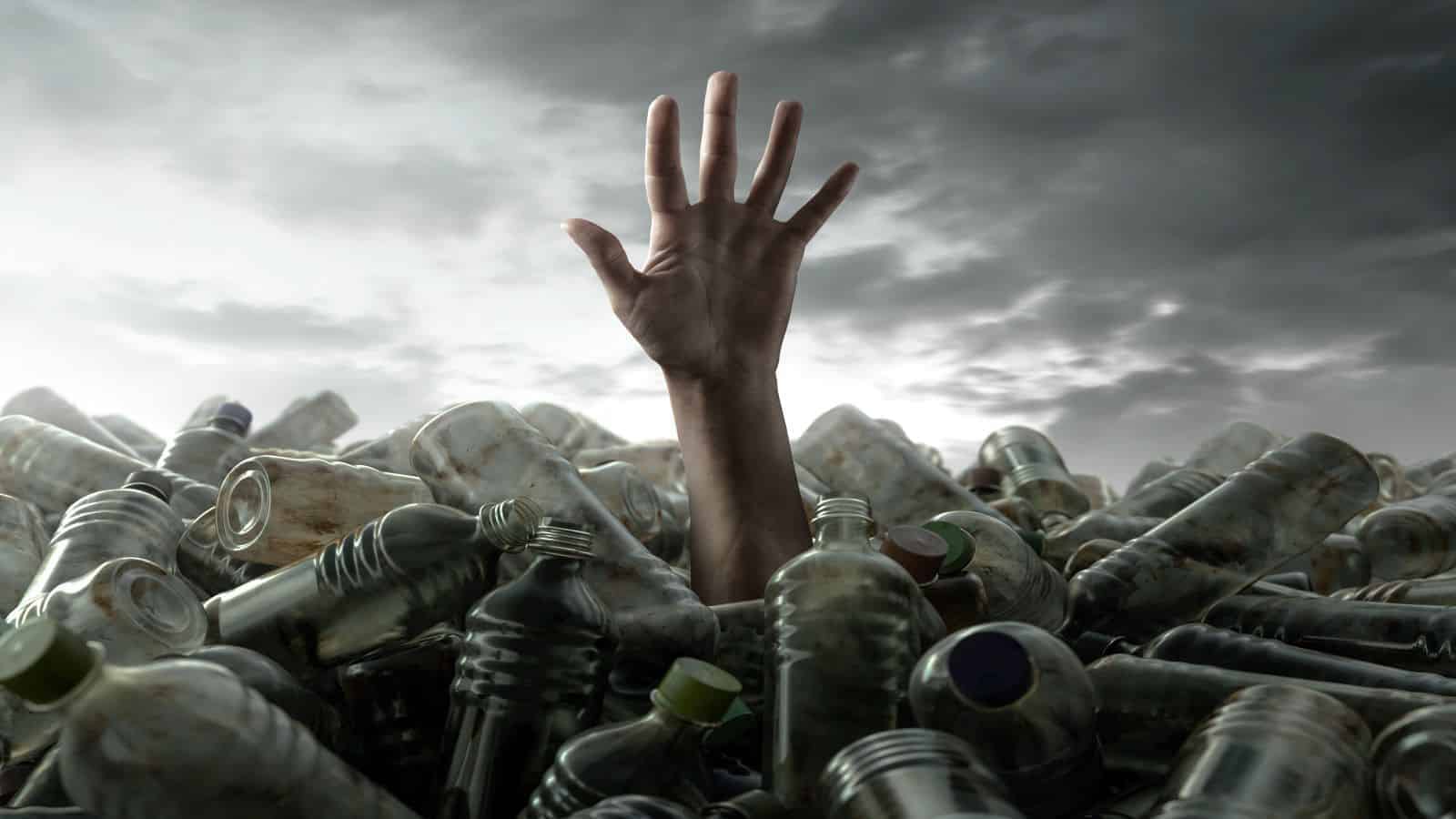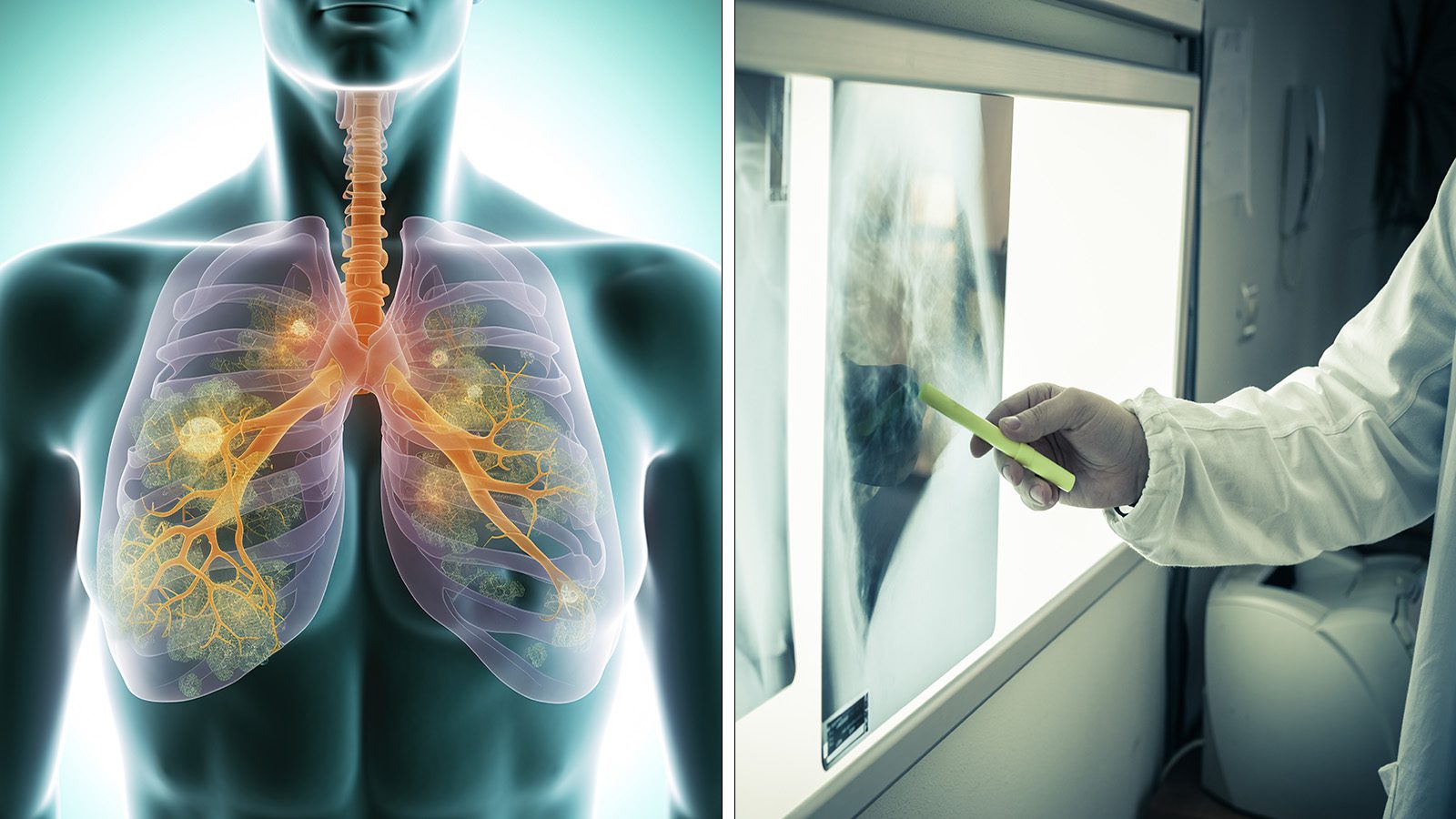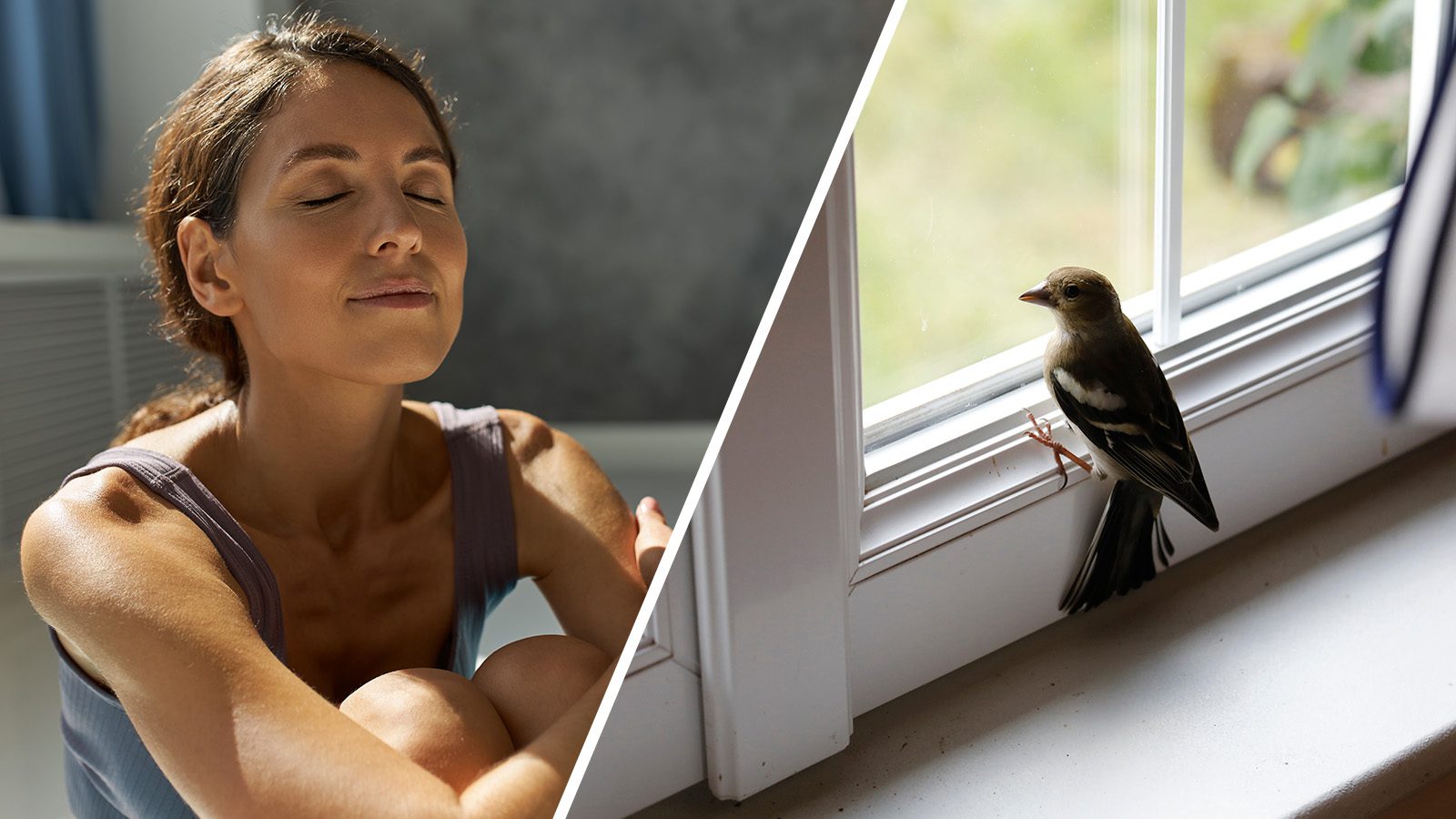Last week, Maryland became the first state in the USA to ban the use of styrofoam takeout containers. The law went into effect on October 1, 2020, and was first approved during the 2019 state legislative session. The ban includes items such as carryout containers, trays, plates, and cups. It will affect food service as well as other industries and businesses which utilize styrofoam, including schools.
The original deadline to stop using styrofoam was July 1, but on June 11, legislators pushed it back due to Covid-19. Several counties in Maryland have already banned foam containers, including Montgomery and Prince George’s. When the bill passed in 2019, Democratic Delegate Brooke Lierman told CNN that single-use plastics like styrofoam containers are taking over the neighborhoods, bays, and oceans. She was the primary sponsor of the House bill.
Lierman said that the state needed to take significant steps toward cutting back on the use of single-use plastics so that future generations can have a clean, safe planet. She had proposed the bill twice previously but believes that the public finally recognizes the urgency of the plastic dilemma.
This bill did not pass without opposition.
While the public strongly agrees with the bill, the American Chemistry Council voiced their opposition to the ban. They are an industry trade association for American chemical companies.
“Polystyrene foam packaging and containers provide business owners and consumers with a cost-effective and environmentally preferable choice that is ideal for protecting food and preventing food waste, particularly when used for food service. Foam packaging is generally more than 90 percent air and has a lighter environmental impact than alternatives,” the council said in a statement.
Critics of the ban on styrofoam say that alternatives to the material have higher costs, and the ban would increase expenses for farmers, small businesses, and nonprofits. County officials can issue fines of up to $250 for noncompliance. The ban excludes products packaged outside Maryland, such as cups of ramen noodles. Foam products for packaging raw or butchered meat and foam products for non-food items are also exempt.
The bill also gained much support
Supporters of the bill say that you can’t easily recycle foam products, and they don’t break down in the environment. A garbage collector at the Inner Harbor in Maryland has collected more than 1 million bits of polystyrene foam since its launch in 2014.
However, foodservice businesses and schools may apply for a waiver for up to one year. If the Maryland Department of the Environment finds that following the law would “present an undue hardship or a practical difficulty” for the business, it may exempt them.
Maine has also signed a bill into law, which bans styrofoam containers beginning in 2021, and New York will become pnly the third state to do so when the ban goes into effect in 2022. New York City already banned styrofoam in July 2019, making it the largest US city to ban the material. Other cities with enacted styrofoam bans include Seattle, Miami Beach, Washington DC, and San Diego.
What is styrofoam?
This is the trademark name for a chemical compound called polystyrene. Polystyrene is a petroleum-based plastic made from styrene monomers as well as other chemicals like benzene and dioxins. It’s lightweight and is up to 95% air, serving as sound insulation for food and beverage products. According to OSHA, prolonged exposure to styrene in factories can lead to dizziness, confusion, headaches, feelings of intoxication, and other health effects.
Not to mention, the World Health Organization upgraded it from “possibly carcinogenic” to “probably carcinogenic” for humans two years ago. Another study found a fivefold increase in the type of nasal cancer following styrene exposure. Benzene, listed as a human carcinogen by the EPA, can seep into groundwater and contaminate water supplies. Dioxins can cause hormone and immune problems in workers exposed to it.
What makes styrofoam so bad for the environment?
- Styrofoam doesn’t break down. Some experts believe it could take up to 500 years for it to decompose. Plastics make up around 25-30% of landfills, and styrofoam is a massive part of this. It also is one of the main components of marine debris, heavily polluting coastlines and waterways worldwide.
- It breaks up into tiny pieces, and land or aquatic animals who eat them may die or suffer intestinal problems while digesting the foam.
- Styrofoam can leech into food, harming human health and affecting reproductive systems. When heated especially, the styrofoam releases toxic chemicals such as benzene and styrene, which transfer to the food we eat.
- In 1986, the Environmental Protection Agency did a study on styrene residues and found it in all the human fat tissue samples taken. Most of the pieces were in small amounts; however, for people whose jobs involve styrofoam or who live near landfills, it could be much more significant.
- Styrofoam can only be destroyed if it is incinerated at extremely high temperatures. This creates a small amount of water and carbon as by-products. However, if it’s burned in a typical fire instead of a special incinerator, it releases pollutants such as carbon black and carbon monoxide. Countries outside the US may not have proper disposal procedures for styrofoam, which can pose a significant health risk.
- When exposed to sunlight, styrofoam can create harmful air pollutants, contaminating landfills, and areas where people litter. It can also deplete the ozone layer.
- Each day, around 1,370 tons of styrofoam get thrown into landfills.
- During the manufacturing process, around 57 chemical by-products are released during the combustion of polystyrene foam. Workers exposed to these for long hours may have adverse effects.
Alternatives to styrofoam
Because of the cheap cost and relatively easy manufacturing process, many industries and companies don’t want to switch to alternatives. However, if we want a cleaner, safer planet, we must do our part in reducing waste from styrofoam. Here are a few other options:
- A company called Ecovative Design has created a line of products made from a combination of fungi, recycled paper, and agricultural waste. The products are lightweight and well-insulated, like styrofoam, but much better for the environment.
- Use biodegradable products such as paper, bamboo, hemp, or corn plastic. These are also renewable resources, making them environmentally friendly as well. Because consumers can recycle paper, it’s an attractive alternative to polystyrene products.
- Sugarcane-based products offer another alternative to foam products. The pulp from unused sugarcane stalks forms a paper-like product called Bagasse, which has a high heat tolerance and can hold liquid and grease. Because it can keep food products and provides excellent insulation, it can easily be an alternative to styrofoam.
- Products made from cornstarch are another option. Cornstarch can replace petroleum-based styrofoam products quite easily because of its durability.
- You could bring reusable containers to work or school for lunches and snacks. Many of these come from safe plastics or bamboo, which won’t leech into foods. If you do take out from restaurants, ask for paper when possible. At coffee shops, ask for paper cups instead of foam. Or, bring your mug or cup when possible (some places offer a discount when you bring your own).
Other recycling facts
In 1995, 40% of all US paper was recycled, including 32.6 million tons of paper & paperboard., according to the EPA. Every ton of 100% post-consumer waste recycled paper products you buy saves:
- 12 trees
- 1,087 pounds of solid waste
- 1,560 kilowatts of energy (2 months of electric power required by the average US home)
- 1,196 gallons of water
- 1,976 lbs. of greenhouse gases (1,600 miles traveled in the average US car)
- Three cubic yards of landfill space
- 9 pounds of HAPs, VOCs, and AOXs combined
- 390 gallons of oil
Final thoughts about Maryland banning styrofoam takeout boxes
As several US states have made a move to ban harmful styrofoam containers, hopefully, other states will get on board as well. Styrofoam affects not only the environment, but it can cause ill health in humans and animals. Some marine and land animals who accidentally eat pieces of styrofoam can choke or even die because of intestinal complications. We owe it to them and Mother Earth to live more sustainably so we can all thrive.
The law in Maryland went into effect on October 1 and included takeout boxes, containers, plates, and cups. Maine will start banning these products in 2021, and New York in 2022. While there has been some pushback from companies and industries that use styrofoam, most people fully support the move to more environmentally friendly products. More than half of Maryland residents already lived in areas with foam bans in place, so most people won’t have difficulty adjusting to it.
You may be wondering what businesses will replace their foam containers with. Montgomery County in Maryland has already compiled a spreadsheet of more than 8,000 recyclable or compostable alternatives. Some are compostable materials such as the sugarcane as mentioned earlier pulp (Bagasse), and others are just plastic. While styrofoam is a form of plastic, it’s one of the hardest on the environment, so this is a big step in the right direction.

